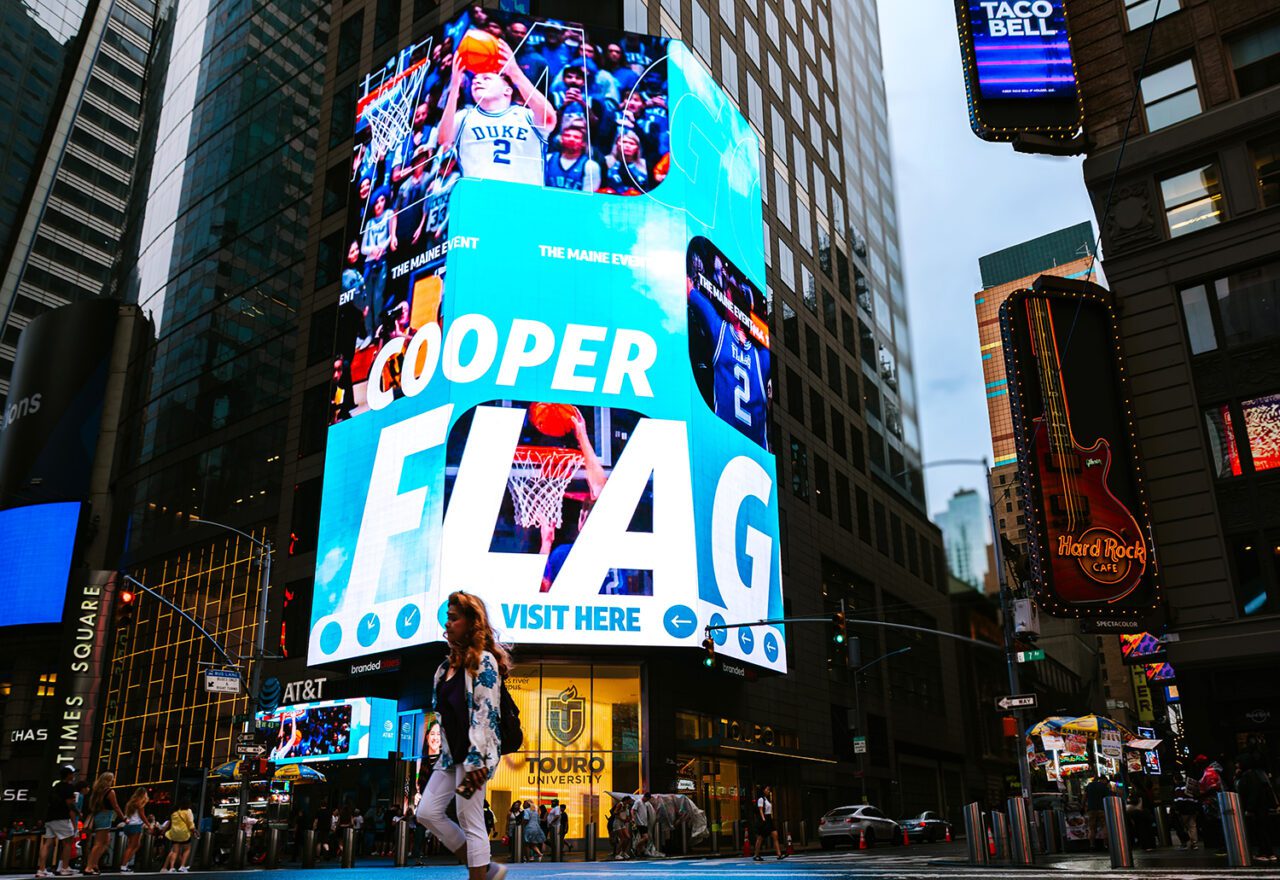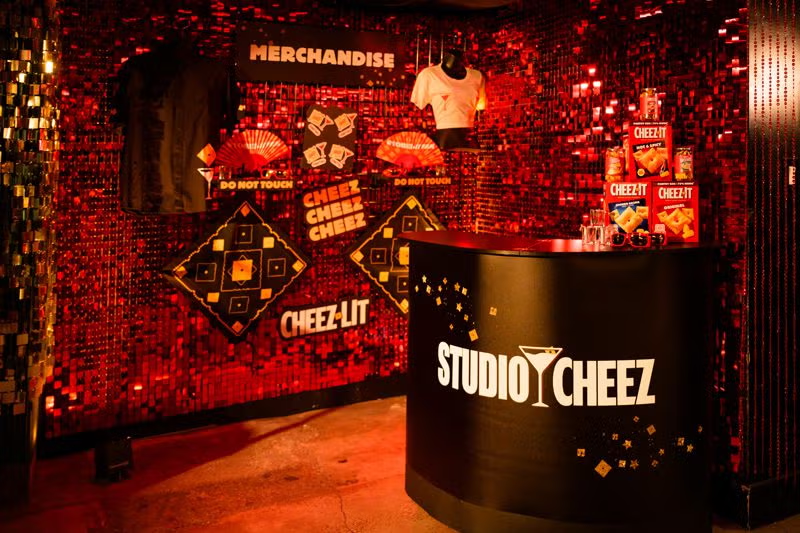In an environment marked by an overabundance of media outlets and the splintering of consumer attention, AT&T’s sponsorship framework stands as a model of retail precision. The notion of “Retail Victory” signifies a decisive win: securing customer loyalty and expanding market presence through meticulously crafted brand engagement. AT&T’s methodology distills into four strategic pillars that, when executed in concert, transform sponsorship from basic visibility into an immersive brand conquest.
Identifying the right partners demands acute judgment. AT&T aligns with platforms that mirror its brand narrative both in tone and substance—whether through premier sporting stages or cultural showcases that embrace technological advancement. This is not mere alignment for optics; it is a deliberate fusion, where sponsor and partner amplify one another’s messaging. The outcome is heightened brand recognition that endures long after the promotional moments fade.
Today’s consumer seeks engagement that is immersive, multisensory, and memorable. AT&T addresses this by crafting in-store activation spaces that are visually striking and technologically rich, featuring interactive displays and tactile experiences designed to captivate. These encounters establish emotional connections, converting fleeting interactions into lasting brand affinity. A single moment of engagement can recalibrate consumer perception and loyalty.
Retail and digital domains no longer operate in isolation. AT&T ensures fluid communication across all channels, with digital touchpoints reinforcing in-store themes and vice versa. This integration becomes tangible when an event attendee scans a code, prompting immediate, tailored offers on their device. Behind this seamless experience lies data-driven personalization, anticipating consumer needs and delivering relevant, individualized content.
Effective sponsorship is grounded in measurable results. AT&T prioritizes metrics that go beyond surface-level indicators, focusing on factors like store traffic, engagement duration, conversion, and retention rates. By analyzing both sales and footfall data, the company measures immediate impact and long-term behavioral shifts. This ongoing evaluation supports a cycle of refinement, ensuring sponsorships remain optimized and relevant.
The approach is visible in practice. In high-profile arenas, AT&T’s connectivity offerings are brought to life through interactive fan zones featuring augmented reality enhancements. Temporary experiential shops in busy retail districts showcase 5G devices in curated settings. Co-branded digital campaigns—such as exclusive device benefits tied to streaming services—further merge sponsorship with tangible consumer value.
Challenges remain. A mismatch in cultural tone—for example, corporate messaging in a youth-driven event—can erode authenticity. Oversaturation through excessive branding risks alienating audiences. Disconnected data systems, where in-store and digital analytics fail to align, can impair accurate measurement and hinder effectiveness.
Sponsorship should be embraced as a core strategic function, not a peripheral activity. Retailers that collaborate with brand partners to create meaningful experiences can transcend transactional exchanges, maintaining relevance in increasingly competitive markets. Custom activations become an essential lever for differentiation and sustained consumer interest.
AT&T’s four guiding principles—brand alignment, immersive experience, omnichannel cohesion, and rigorous measurement—form a cohesive sponsorship playbook. When executed collectively, they elevate engagements into personalized, data-enriched experiences. In this light, sponsorship evolves from a fleeting interaction into a powerful driver of retail success.















